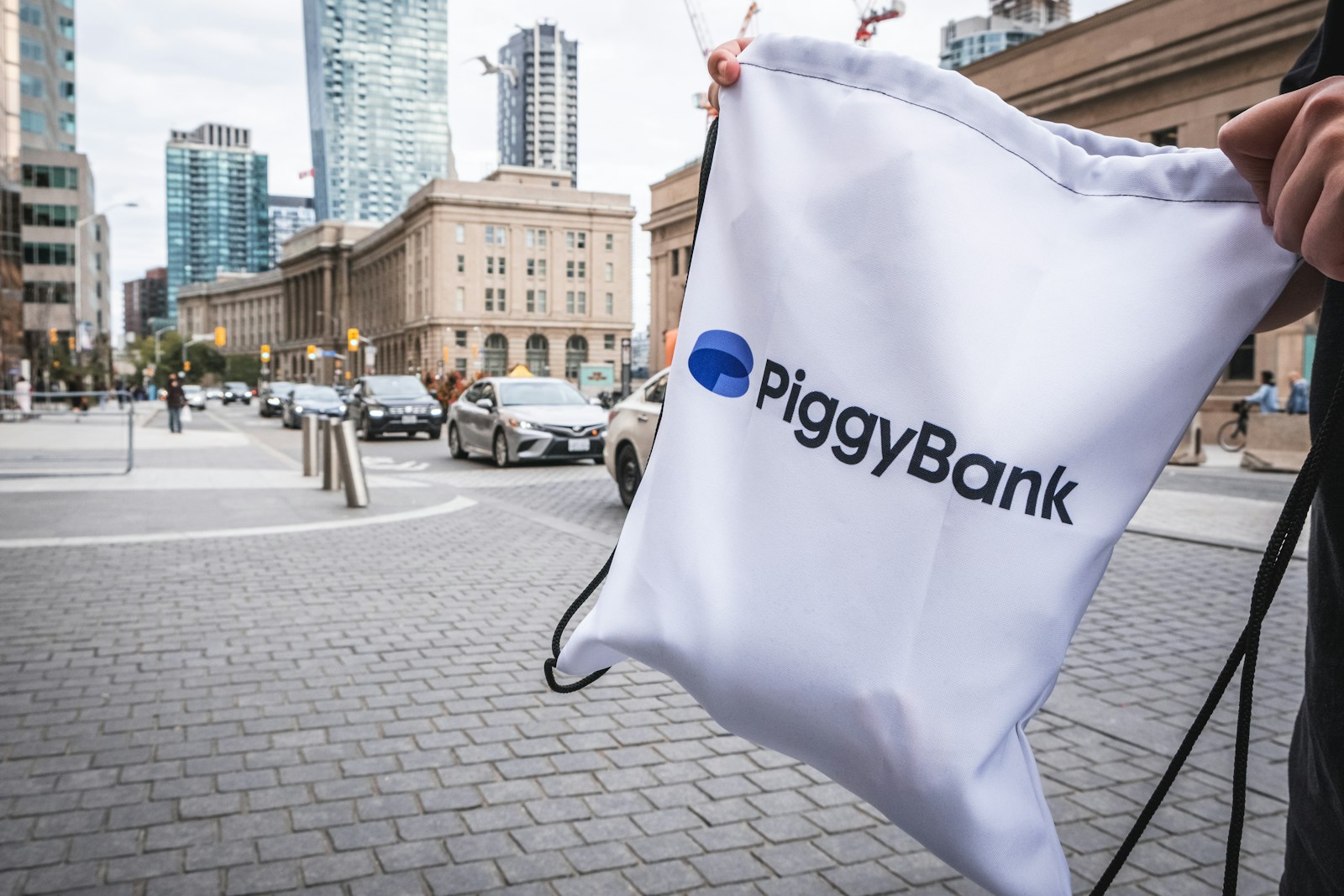Top 10 Barriers to Opening an RDSP at Canadian Banks (lower-asset clients)
Financial planning for those with disabilities seems overwhelming. It is absolutely not. It is necessary. From the DTC to a Henson Trust, there are simply things you need to know. We can get you started and serve you and your family for the long term.


Under-trained front-line staff.
Many bank tellers and branch advisors know little about RDSPs. In one case a TD customer had to walk the branch employee through the RDSP paperwork because she “really had no idea what an RDSP was”. Clients report that “most bank employees haven’t the slightest idea about RDSPs,” leading to confusion and misinformation. This lack of staff expertise means lower-asset clients – who often deal directly with branch staff, not specialized advisors – face delays and errors when trying to open RDSPs.
Complex product rules.
The RDSP is unusually complicated. As one financial institution noted, it has “minimum and maximum withdrawals and proportional repayment” rules that plan holders “do not yet grasp,” making the RDSP “a complex savings vehicle”. BMO’s RDSP guide even warns the application “is time consuming and complicated for both advisors and clients,” with minor errors forcing a restart of the whole process. Advisors often need much more time to explain the RDSP than more common plans. All this complexity means clients and staff struggle to complete forms and understand the account, especially if the client has fewer assets and no professional advisor.
Heavy paperwork and procedural bottlenecks.
Opening an RDSP requires multiple government and bank forms. If any field is wrong or a signature missing, the application must be resubmitted from scratch. For example, Canada’s ESDC forms still often require “wet” (original) signatures, which many banks only allow via mailed forms or branch visits. Clients sometimes wait months for grants or bonds because a document (like caregiver consent) didn’t match CRA records. In practice, one group found that “we still haven’t received the matching grant money and the bank blames CRA and CRA blames the bank” due to such paperwork issues. These administrative delays especially frustrate low-asset clients who depend on prompt grant/bond money but lack the resources to chase every discrepancy.
Banks have low financial incentive (low ROI).
RDSPs are often small accounts (many clients are low-income and contribute gradually). Banks generally earn little profit from them. As one advocate observed, RDSPs are “probably one of the most onerous offerings [banks] have to sell with the least amount of returns,” since they “take more management” than other accounts. In practice, this means bank staff may de-prioritize RDSP inquiries for lower-asset clients. Some smaller RDSPs are pushed towards phone or online support teams rather than local advisors, delaying service. Without strong fees or commissions, banks do not treat these clients as high priority.
Limited access channels.
Many big banks restrict how RDSPs can be opened. For example, Scotiabank RDSPs reportedly cannot be opened in-branch at all – only by calling a specialized call center (with long wait times). Other banks like National Bank require an in-person meeting or special appointment. In one case a client discovered only TD Direct Investing truly let them open an RDSP “100% online” – whereas with others they had to visit a branch. These channel restrictions create a major access barrier for disabled clients with mobility or scheduling challenges. A Reddit user noted that opening with TD Direct was “super easy” and done entirely online, contrasting with older processes that required in-branch paperwork.
Client knowledge gaps and misconceptions.
Many eligible people (and even some advisors) believe myths that discourage RDSP opening. Surveys found over one-third of potential beneficiaries mistakenly thought they didn’t have enough money to open an account. Others are unaware of the free government grants and bonds worth up to $4,500 per year. In fact, one RDSP advisor notes that “many people think… they cannot start saving until they have a large amount of money,” when the RDSP is designed for exactly those with limited funds. These knowledge gaps mean low-income clients often don’t apply or don’t ask for help, and front-line staff rarely correct these myths.
Accessibility and service issues.
The RDSP opening process often fails to accommodate clients’ special needs. For instance, CRA’s interview or signing requirements can be difficult for people with mobility or cognitive disabilities. As noted above, many banks insist on phone or branch appointments, which can be a barrier for someone who cannot easily travel or wait on hold. Even when accounts are opened, disabled clients sometimes find branch staff “don’t know how to deal with someone with severe challenges,” a situation described as “a maze of issues”. This lack of disability-sensitive procedures – such as alternative formats, caregiver support or easier online processes – worsens the client experience and slows new account openings.
Regulatory/technical constraints.
Some of the hurdles come from outdated rules. Until recently, some issuers did not accept electronic signatures on the grant/bond forms – a requirement that forced mail-in paperwork and 1–2 week processing delays. Banks also struggle with limited integration: they may not automatically upload forms to the federal system, requiring clients to “give the forms to the government ourselves,” as one user complained. In short, the lack of streamlined digital systems means every step (address updates, beneficiary info, caregiver consent) is done manually, increasing wait times and errors.
Product limitations and one-account rule
The RDSP itself has limits that complicate bank processes. Critically, each beneficiary can hold only one RDSP. If a client wants to switch banks, they must perform a formal inter-institution transfer or risk losing grants. Many clients report that attempting to transfer RDSPs is “a huge nightmare,” and in practice some give up and keep their account at a less-preferred bank. In addition, some banks restrict how RDSP funds can be invested – for example, older RDSP accounts might only allow mutual funds or GICs, whereas others (like TD Direct Investing) allow full self-directed ETF investments. These product gaps mean clients often have to shop around, further complicating the opening process.
Institutional biases and fear of discrimination.
Some systemic attitudes deter clients. During a Senate hearing, advocates reported that “most often, banking institutions refuse to open accounts for persons with psychological problems”. This suggests that clients with mental health disabilities may face outright refusal or extra hurdles. Even well-meaning banks can be risk-averse: they must verify competency and power of attorney, which can disproportionately affect lower-asset clients if they lack clear guardianship paperwork. Combined with a lack of proactive outreach (the RDSP is less visible than RRSP/TFSA), many eligible people are simply never guided through the process.
Sources:
Canadian news and advocacy reports, bank and advisor guides, and client forums all document these issues. Each highlights training gaps, procedural snags, and institutional barriers that make RDSP account opening particularly hard for low-asset clients.
We help anyone who reaches out to us. At CSR Wealth, we understand the very people the RDSP were designed to help are often turned away. In fact, we went through a period where ESDC/CRA did not allow esignatures on documents, virtually shutting out people with mobility and accessibility issues. We travel where we can and we use as much digital signatures and video as possible. Accessibility to these services are essential and the specialization and knowledge may simply not exist in your physical location. We can be almost anywhere!





